Deforestation Dangers: Critical Facts You Need to Know
- August 8, 2024
- 0 comment
Deforestation is an environmental crisis that demands our attention. Each year, millions of acres of vital forests are cleared, threatening biodiversity, disrupting ecosystems, and exacerbating climate change. Before you overlook the profound impacts of deforestation, it’s crucial to understand the irreversible harm it causes to our planet and future generations.
What is Deforestation?
Deforestation refers to the large-scale removal of forested areas, often clearing away trees and vegetation to make room for agricultural activities, urban development, or timber extraction. This process has profound effects on the environment, stripping the Earth of its natural forests, which play a critical role in maintaining biodiversity, regulating weather patterns, and absorbing atmospheric carbon dioxide. Forests cover about 31% of the planet’s land area, and while they are renewable resources, the current rate of deforestation is unsustainable. Primary drivers include commercial agriculture and logging, infrastructure expansion, and the conversion of forests into agricultural land, all fueled by global demand and economic pressures.

The consequences of deforestation are far-reaching and can lead to a cascade of ecological and climatic shifts. It contributes significantly to the global increase in carbon emissions, as trees that once stored carbon are transformed into carbon sources when they are burned or decompose. This deforestation is also a major threat to biodiversity, as many of the world’s plants and animals lose their habitats. Moreover, forests play a crucial role in water cycles; their destruction can lead to altered rainfall patterns and increased soil erosion, jeopardizing agriculture and freshwater supplies. As such, understanding and addressing the factors behind deforestation are crucial for global sustainability and climate stability.
Impact of Deforestation on Climate Change
Deforestation significantly elevates global greenhouse gas emissions, firmly establishing it as a key driver of climate change. When forests are removed, the carbon stored within, particularly in tropical forests which hold over 210 gigatons of carbon, is released as carbon dioxide (CO2) through methods like slash-and-burn or natural decomposition. This not only sends vast amounts of CO2 into the atmosphere but also destroys natural carbon sinks. Additionally, deforestation can release methane from peat lands, a greenhouse gas roughly 25 times more potent than CO2, intensifying climate change effects.
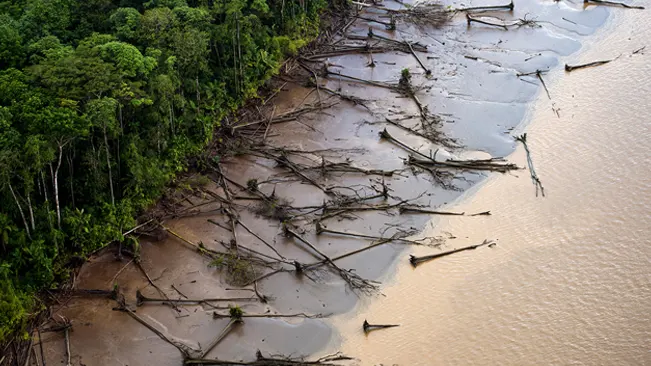
Forests play a crucial role as carbon sinks by absorbing CO2 through photosynthesis, which helps reduce greenhouse gases and stabilize the Earth’s climate. The conservation and regeneration of forests are vital for maintaining the global carbon cycle and mitigating climate change, as underscored by international agreements like the Paris Agreement. Yet, the repercussions of deforestation reach further, leading to rising sea levels, increased frequency of extreme weather events, and severe biodiversity loss, posing significant threats to environmental health and human survival.
What are the 7 Disadvantages of Deforestation?
1. Biodiversity Loss
Forests, the biodiversity powerhouses of our planet, host over 80% of all terrestrial species of animals, plants, and insects. The process of deforestation devastates these habitats, forcing species into smaller, fragmented patches that cannot sustain large populations, thereby pushing many towards extinction. This results in a significant loss of biodiversity, which is critical for maintaining ecological balances that support pollination, seed dispersal, and other vital ecosystem functions.
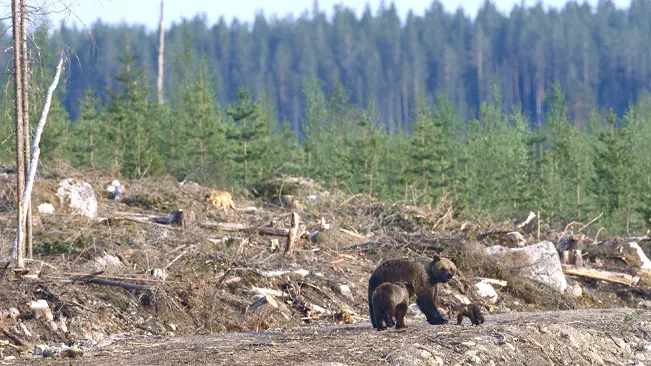
The reduction in biodiversity weakens the resilience of ecosystems, making them less capable of recovering from environmental stresses such as diseases and fires. As diverse species vanish, the intricate web of food, shelter, and breeding relationships breaks down, leading to a diminished ecosystem that is less able to support any form of life, including human communities that depend on these natural systems for their well-being and survival.
2. Climate Change
Forests are indispensable in combating climate change as natural carbon sinks, absorbing vast amounts of carbon dioxide (CO2) from the atmosphere. When trees are felled, not only is this significant carbon storage capacity lost, but the carbon previously stored in the trees is also released back into the atmosphere, greatly increasing CO2 levels and enhancing the greenhouse effect. This exacerbates global warming, altering weather patterns and increasing global temperatures.
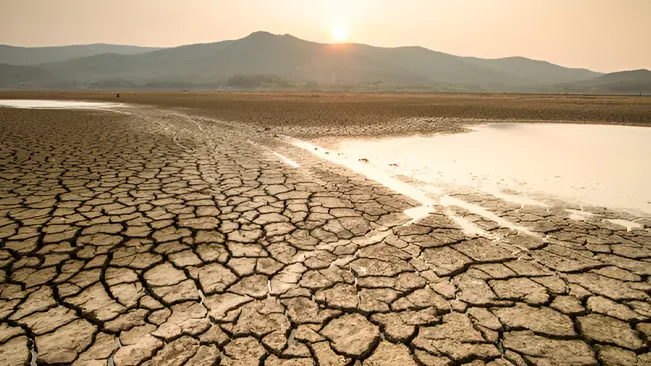
The acceleration of climate change due to deforestation leads to a cascade of environmental changes, including more severe and frequent natural disasters like hurricanes and droughts. These changes disrupt ecosystems and human communities alike, compounding the challenges of adapting to a rapidly changing global climate. The loss of forests therefore not only impacts local environments but also has far-reaching effects on global climatic stability.
3. Soil Erosion
Trees are natural protectors of soil, helping to cushion the impact of raindrops and bind the soil with their extensive root systems. Deforestation removes this protective barrier, exposing soil to erosion by wind and water. This erosion significantly reduces soil fertility, which is essential for agriculture, and leads to increased sedimentation in rivers and streams, clogging waterways and affecting aquatic life.
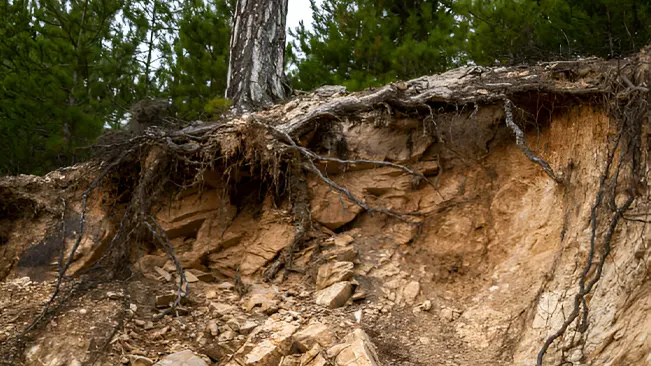
The loss of soil integrity due to deforestation compromises agricultural productivity and threatens food security. As topsoil is washed or blown away, the land becomes less capable of supporting crops, which can lead to increased reliance on chemical fertilizers and further environmental degradation. This vicious cycle of soil loss and degradation presents severe challenges to sustainable land management.
4. Disruption of the Water Cycle
Forests contribute crucially to the water cycle by releasing water vapor into the atmosphere through the process of transpiration, which plays a significant role in cloud formation and precipitation. The removal of trees through deforestation disrupts this cycle, significantly reducing the amount of moisture released into the atmosphere, which can lead to decreased precipitation and drier climates.

This reduction in water availability has profound impacts not only on human populations but also on agricultural practices and wildlife habitats. As climates become drier and water resources become scarcer, both natural ecosystems and human communities face increased pressure, leading to conflicts over water and further environmental strain.
5. Impact on Indigenous and Local Communities
Forests are vital for the survival and cultural heritage of many indigenous and rural communities, providing essential resources such as food, medicinal plants, and fuel wood. Deforestation threatens these resources, endangering the livelihoods and cultural practices of these communities. The loss of forestland often leads to displacement and a loss of identity for these groups, forcing them into unfamiliar and often impoverished conditions.

As traditional knowledge and practices that have been honed over generations to live sustainably with nature are lost, these communities suffer not just materially but also spiritually and culturally. The disruption of their traditional ways of life can lead to significant social upheaval, as communities struggle to adapt to new realities and conflicts arise over remaining resources and land.
6. Economic Consequences
While deforestation may seem economically beneficial initially providing raw materials like timber and clearing land for agricultural use the long-term economic impacts are often detrimental. Forests provide essential ecosystem services such as water regulation, climate regulation, and pollination, which are critical for other sectors like agriculture. The degradation of these services can lead to economic instability and increased costs as communities and countries struggle to replace the natural services that forests provide.
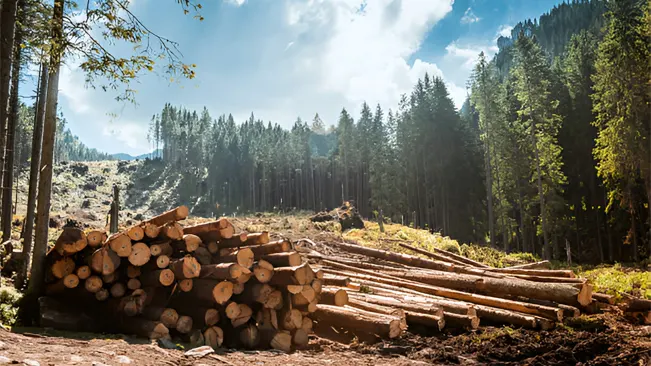
This economic impact is felt most acutely in regions that depend heavily on agriculture and natural resources for their livelihoods. As these natural assets are depleted, the economic foundation of these regions can become unstable, leading to increased poverty and reduced opportunities for economic development. Thus, the short-term gains from deforestation are frequently overshadowed by long-term losses and increased vulnerability to environmental and economic shocks.
7. Increased Air Pollution
The practice of burning forests for land clearing is a significant source of air pollution, releasing a variety of harmful pollutants such as particulate matter and carbon monoxide into the atmosphere. This pollution can severely degrade air quality, leading to increased respiratory problems, cardiovascular diseases, and other health issues in human populations. The smoke and pollutants can also travel great distances, affecting air quality far beyond the immediate area of deforestation.
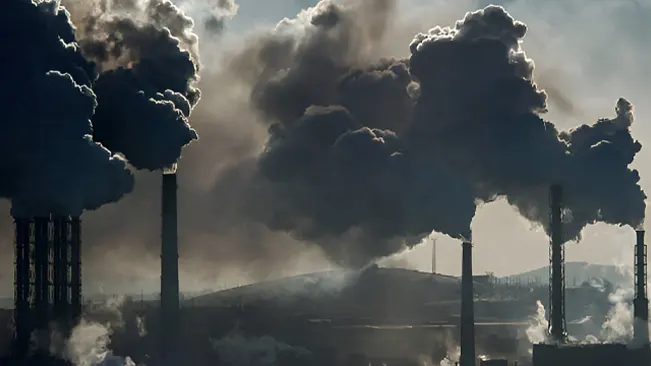
Moreover, the release of these pollutants contributes to broader environmental issues such as acid rain and climate change, further degrading natural ecosystems and human health. The health impacts of increased air pollution from deforestation are extensive, affecting millions of people and overwhelming public health systems, especially in developing countries where medical resources are already scarce.
What Can Be Done Prevention and Reversal Strategies
Efforts to combat deforestation and restore ecosystems include reforestation and afforestation. Reforestation involves replanting trees in areas that have lost forest cover due to activities like logging or natural events such as fires, helping to recapture atmospheric carbon dioxide and mitigate climate change. Afforestation, meanwhile, involves planting trees in previously non-forested areas, expanding global forest cover, increasing biodiversity, and establishing new ecosystems. These practices are crucial for enhancing soil quality, reestablishing wildlife habitats, and supporting the water cycle.

In addition to these strategies, promoting sustainable land management is essential for balancing environmental preservation with economic needs. Techniques like forestry, which combines crop cultivation with tree farming, enhance soil structure, increase biodiversity, and reduce chemical dependencies. Practices such as crop rotation and the use of organic fertilizers also contribute to maintaining soil health. Advanced technologies like satellite imaging and artificial intelligence are vital for monitoring these efforts, providing real-time data on forest changes, detecting illegal activities, and aiding conservation planning. Collaboration among governments, environmental groups, and local communities is necessary to leverage these technologies and practices effectively, ensuring sustainable forest management and reversing the damage caused by deforestation.
Conclusion
In conclusion, the severe impacts of deforestation from biodiversity loss and climate change to soil degradation and water cycle disruption cannot be overlooked. Effective responses, including reforestation, sustainable land management, and technological innovations, are essential to combat these threats. Global cooperation and action must preserve our forests, not only to protect nature but also to ensure a sustainable future for all. We must recognize the urgency and take proactive measures to safeguard the health and longevity of our planet’s vital ecosystems.
FAQs
- What is deforestation?
Deforestation refers to the removal of a forest or stand of trees where the land is thereafter converted to non-forest use. Examples include conversion of forestland to farms, ranches, or urban use. - Why is deforestation considered a critical environmental issue?
Deforestation contributes to climate change, reduces biodiversity, disrupts water cycles, leads to soil erosion, and impacts the lives and livelihoods of local communities and indigenous populations. - How does deforestation contribute to climate change?
Trees absorb carbon dioxide, a major greenhouse gas, during photosynthesis. When forests are cut down, not only is this carbon-absorbing capacity lost, but the stored carbon is also released back into the atmosphere, enhancing the greenhouse effect. - What are the main causes of deforestation?
The primary drivers of deforestation include agricultural expansion, logging, infrastructure development, and fires. Often, these are driven by the need for land and resources due to population growth and economic factors. - Can deforestation be reversed?
Yes, through reforestation and afforestation efforts planting trees in deforested areas and creating new forests in areas that previously did not have them along with sustainable land management practices. - What are some effective strategies to prevent deforestation?
Strategies include enforcing stricter laws against illegal logging, promoting sustainable land use practices, using advanced technologies for forest monitoring, and supporting policies that incentivize forest conservation. - How does deforestation affect biodiversity?
Deforestation leads to habitat loss, fragmentation, and degradation, which are the leading causes of biodiversity loss. This threatens a wide range of plant and animal species with extinction. - What role do local communities play in combating deforestation?
Local communities play a crucial role as stewards of forest resources. Their involvement in conservation and sustainable management practices is key to preventing deforestation and promoting forest restoration. - How can individuals contribute to reducing deforestation?
Individuals can contribute by reducing paper and wood consumption, supporting sustainable products, participating in reforestation projects, and raising awareness about the importance of forests. - What are the economic impacts of deforestation?
While deforestation can provide short-term economic benefits from agriculture and logging, it can also lead to long-term economic costs due to the loss of ecosystem services such as water regulation, climate regulation, and biodiversity, which are crucial for sustainable development.

Joel Cunningham
Forestry AuthorI'm Joel Cunningham, an expert in pruning and weed management with over a decade of experience. My skills are rooted in formal training and extensive practice, focusing on advanced pruning techniques and efficient weed control. I'm known for my quality work, precision, and deep understanding of plant health and soil dynamics. My contributions extend to educational initiatives where I share sustainable practices and advice, establishing myself as a reliable and authoritative figure in the gardening community.

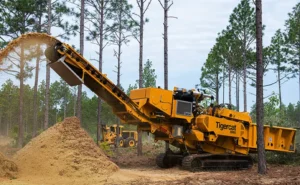


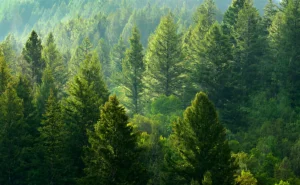

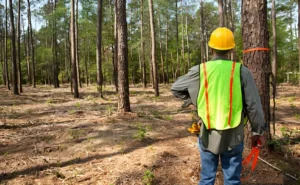

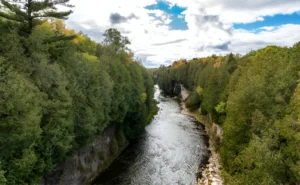
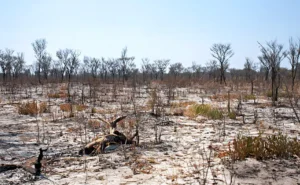



Leave your comment